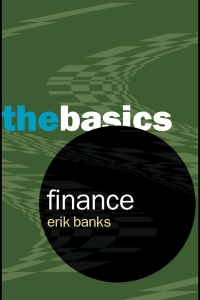Question
Research Problem 1 . Your client, Paul, owns a one-third interest as a managing (general) partner in the service-oriented PRE LLP. He would like to
Research Problem 1. Your client, Paul, owns a one-third interest as a managing (general) partner in the service-oriented PRE LLP. He would like to retire from the limited liability partnership at the end of 2020 and asks your help in structuring the buyout transaction. He expects that his basis in the LLP interest will be about $60,000 at that time.
Based on interim financial data and revenue projections, the LLPs balance sheet is expected to approximate the following at the end of the year.

Although the LLP has some cash, the amount is not adequate to purchase Pauls entire interest in the current year. The LLP has proposed to pay Paul, in liquidation of his interest, according to the following schedule.
| December 31, 2020 | $50,000 |
| December 31, 2021 | $50,000 |
| December 31, 2022 | $50,000 |
Paul has agreed to this payment schedule, but the parties are not sure of the tax consequences of the buyout and have temporarily halted negotiations to consult with their tax advisers. Paul has retained you to determine the income tax ramifications of the buyout and to make sure he secures the most advantageous result available. Using the IRS Regulations governing partnerships, answer the following questions.
-
If the buyout agreement between Paul and PRE is silent as to the treatment of each payment, how will each payment be treated by Paul and the partnership?
-
As Pauls adviser, what payment schedule should Paul negotiate to minimize his current tax liability?
-
Regarding the LLP, what payment schedule would ensure that the remaining partners receive the earliest possible deductions?
-
Under the three alternatives in parts (a), (b), and (c), what is the present value of Pauls after-tax cash received from the buyout? Which alternative do you recommend to your client, Paul? Does this change your recommendations in parts (a), (b), and (c)? Pauls Federal and state tax rate for capital gains is 25%, and his marginal combined state and Federal rate for ordinary income is 40%. Paul typically earns 6% on his investments (after-tax discount rate); the first payment will be received one year from now (with the other payments one year apart). Use the present value tables in Appendix F. Each years after-tax cash flow differs, so the after-tax payment does not constitute an annuity.
Create a spreadsheet that summarizes the after-tax cash flows and present values of the three alternatives. You might use the format below for part (a), where the partnership agreement is silent, and then copy and modify the format for parts (b) and (c).
-
What additional planning opportunities might be available to the partnership?
Step by Step Solution
There are 3 Steps involved in it
Step: 1

Get Instant Access to Expert-Tailored Solutions
See step-by-step solutions with expert insights and AI powered tools for academic success
Step: 2

Step: 3

Ace Your Homework with AI
Get the answers you need in no time with our AI-driven, step-by-step assistance
Get Started


